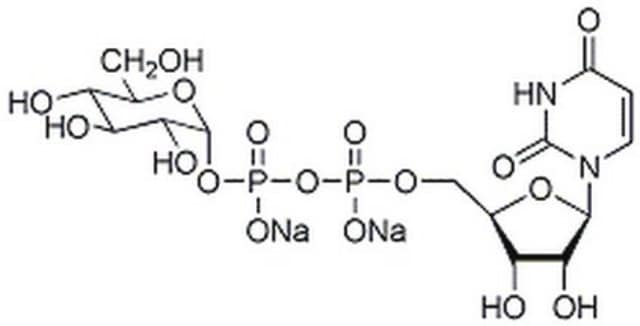774405
(S)-2-Aminobutane-1,4-dithiol hydrochloride
99% (titration)
Synonym(s):
(S)-2-Aminobutane-1,4-dithiol hydrochloride, (2S)-2-Amino-1,4-dimercaptobutane hydrochloride, DTBA, Dithiobutylamine
About This Item
Recommended Products
Assay
99% (titration)
form
solid
reaction suitability
reagent type: reductant
mp
210-225 °C
storage temp.
2-8°C
SMILES string
Cl.N[C@H](CS)CCS
InChI
1S/C4H11NS2.ClH/c5-4(3-7)1-2-6;/h4,6-7H,1-3,5H2;1H/t4-;/m0./s1
InChI key
HWWPXJZINVJNBM-WCCKRBBISA-N
Related Categories
Application
Signal Word
Warning
Hazard Statements
Precautionary Statements
Hazard Classifications
Acute Tox. 4 Oral - Eye Irrit. 2 - Skin Irrit. 2 - STOT SE 3
Target Organs
Respiratory system
Storage Class Code
11 - Combustible Solids
WGK
WGK 3
Flash Point(F)
Not applicable
Flash Point(C)
Not applicable
Certificates of Analysis (COA)
Search for Certificates of Analysis (COA) by entering the products Lot/Batch Number. Lot and Batch Numbers can be found on a product’s label following the words ‘Lot’ or ‘Batch’.
Already Own This Product?
Find documentation for the products that you have recently purchased in the Document Library.
Customers Also Viewed
Related Content
Professor Ron Raines works with Sigma-Aldrich on the development of reagents and tools for chemical biology such as the traceless Staudinger ligation reagent (670359). DTBA (774405), a superior biological reducing reagent to DTT, is another technology to come out of the Raines lab.
Our team of scientists has experience in all areas of research including Life Science, Material Science, Chemical Synthesis, Chromatography, Analytical and many others.
Contact Technical Service












